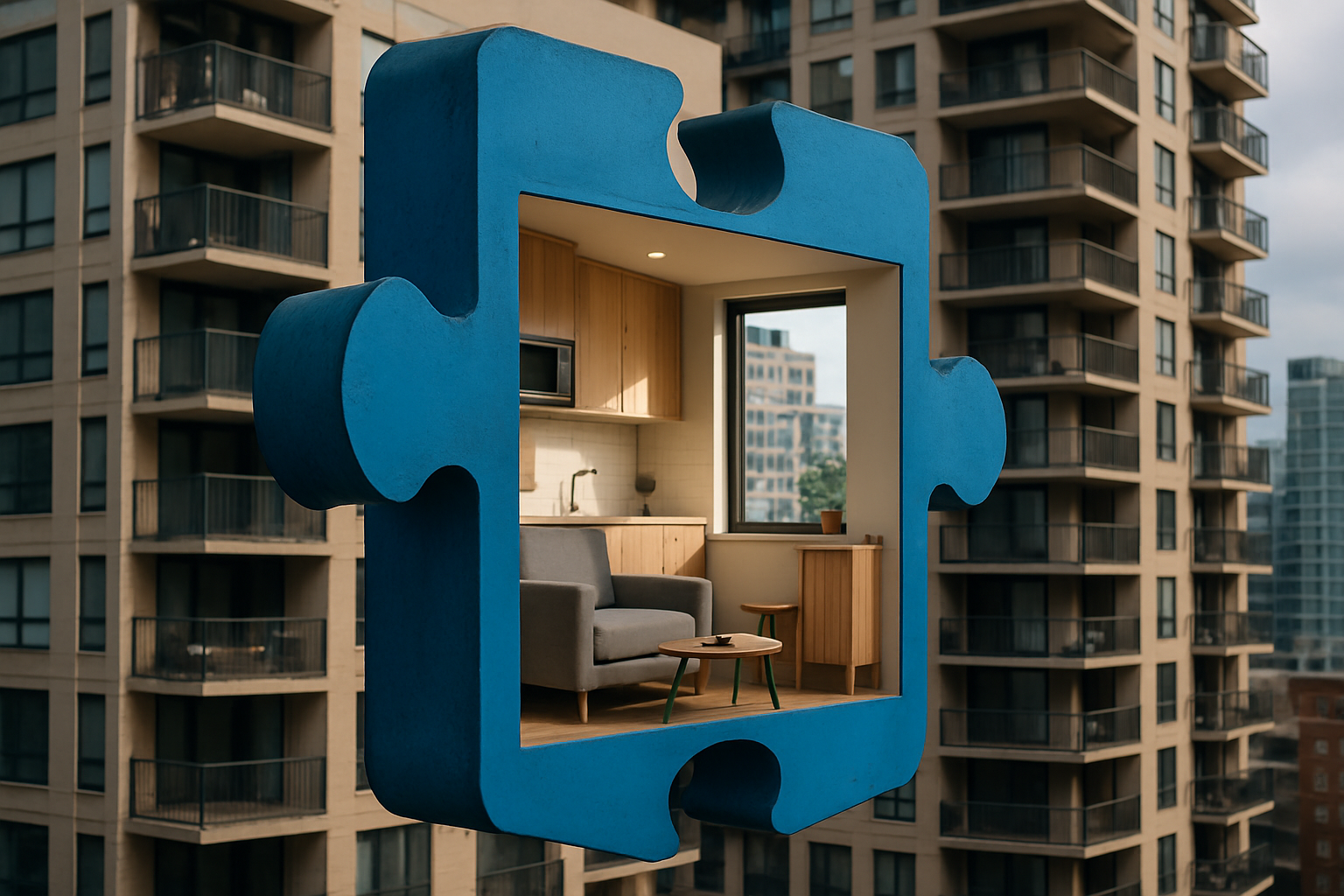Intricacies of Virtual Reality in Modern Theatre: A New Era of Immersive Experiences
In the ever-changing landscape of the arts and entertainment industry, the integration of virtual reality (VR) in theatre productions is carving a new path for immersive experiences. This article unravels the fascinating journey of VR in theatre, its current developments, and the profound impact it has on audiences worldwide.

A Look Back: The Conception of VR in Theatre
Virtual reality in theatre is not a recent phenomenon. It can be traced back to the 1960s when Morton Heilig, a cinematographer, and inventor, formulated the concept of “The Theatre of the Future.” Heilig’s vision was to incorporate all human senses into the theatre viewing experience, creating a thoroughly immersive event. This idea laid the groundwork for the integration of VR technology in theatre, which took a quantum leap in the late 20th century with the advent of computer technology.
Current Developments: The Merge of Virtual and Real
Fast-forward to the present day, and VR technology has started to gain traction in mainstream theatre. Numerous theatre companies and playwrights are experimenting with VR to create new dimensions in storytelling. A notable example is the Royal Shakespeare Company’s 2016 production of “The Tempest,” which incorporated motion-capture technology to create a digital avatar of the character Ariel, delivering an unprecedented experience to the audience.
Impact of VR: An Enhanced Theatre Experience
The integration of VR in theatre has resulted in a dynamic shift in how audiences experience performances. It offers an immersive environment where spectators are not just observers but active participants. The boundary between actors and audiences is blurred, making the theatrical experience more intense and personal.
Reception and Significance: A New Artistic Paradigm
The reception of VR in theatre has been largely positive, with critics praising its ability to create unique, immersive experiences. It is not just a technological gimmick; it signifies a new artistic paradigm where traditional narrative structures are reshaped, redefining the very essence of theatre.
The Future: An Exciting Virtual Frontier
As VR technology continues to evolve, its potential in theatre seems limitless. While there are challenges, such as cost and accessibility, the benefits are immense. VR offers a new frontier for theatre, opening up possibilities for more innovative and engaging experiences. This is just the beginning of a thrilling journey that could change the face of theatre forever.
In the ever-evolving world of arts and entertainment, the integration of virtual reality in theatre marks a significant turn. It is revolutionizing theatre productions, offering audiences immersive experiences like never before. As we look towards the future, this fascinating blend of technology and artistry promises to take theatre to new, exciting dimensions.
The world of arts and entertainment is always in flux, and the incorporation of virtual reality in theatre is a perfect testament to that. As technology keeps advancing, artists will continue to push the boundaries of what is possible, creating truly immersive and innovative experiences for audiences. Only time will tell how far this exciting trend will go, but one thing is clear: the future of theatre is here, and it is virtual.




